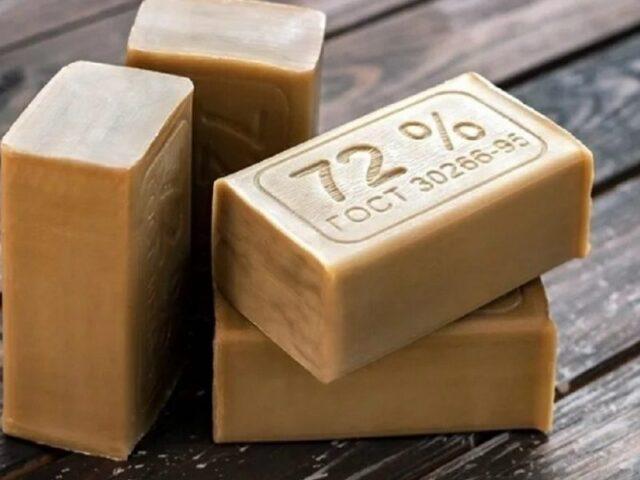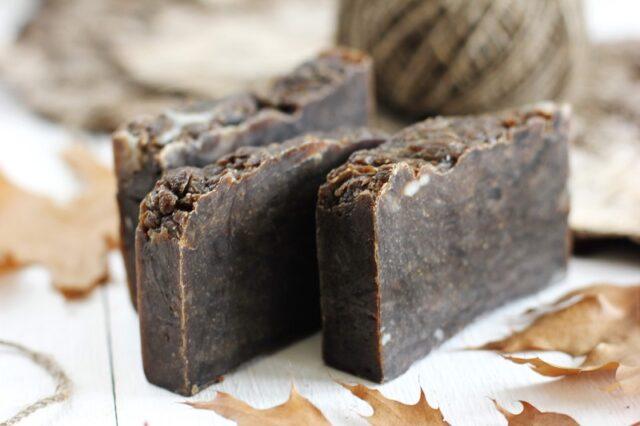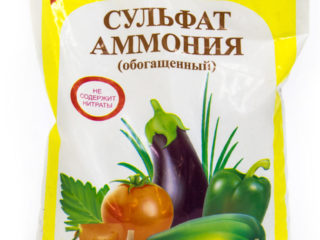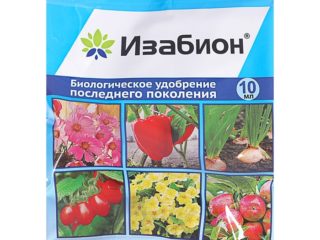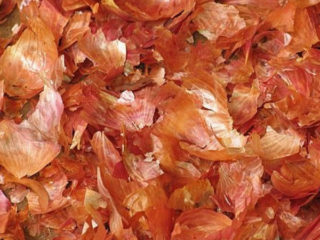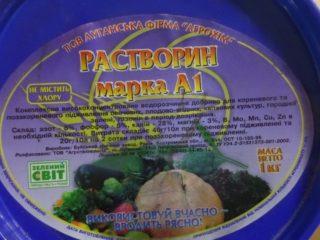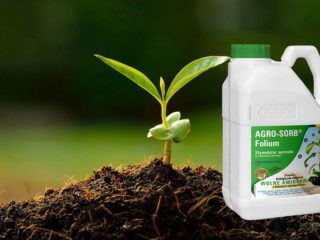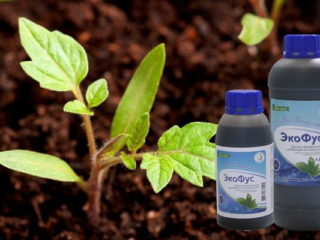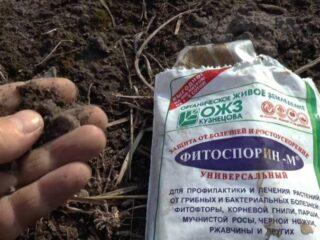Content
- 1 What is green soap in gardening
- 2 Composition of green soap for plants
- 3 What is green soap used for in gardening?
- 4 How to dilute green soap
- 5 How to use green soap in the garden against pests
- 6 Use of green soap in gardening for diseases
- 7 Recipes for solutions with green soap for spraying
- 8 How to Use Green Soap to Treat a Greenhouse
- 9 How to use green soap for houseplants
- 10 Green soap for prevention
- 11 How to replace green soap for plants
- 12 Security measures
- 13 Conclusion
- 14 Reviews from gardeners about the use of green soap against pests and diseases
Green pest control soap is one of the most popular insecticides in gardening. With high efficiency, the product remains affordable and safe.
What is green soap in gardening
Green soap is a contact fungicidal and insecticidal agent in the form of a thick semi-liquid substance.It has a characteristic pungent odor, but practically does not foam. The color of the product is rich green or brownish.
The principle of action of the drug is very simple. When applied to plant leaves, green soap forms a thin impermeable film and prevents pests from feeding on crop juices. The product prevents the spread of fungal spores and helps cope with the first symptoms of diseases.
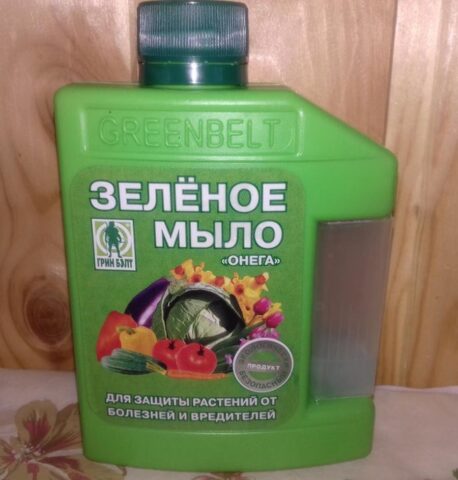
Green soap is drought resistant and washes away slowly due to rainfall
Composition of green soap for plants
Green soap for plant protection has an exclusively natural composition and does not contain chemicals. The basis of the drug includes:
- water;
- animal fats;
- sunflower or soybean oil;
- potassium salts of fatty acids.
The drug does not cause any harm to the environment, pets and humans. It can be used at almost any stage of the growing season.
What is green soap used for in gardening?
Green soap is used to protect against pests when growing most vegetable and fruit crops. The solution is sprayed over the plantings until a thin adhesive film forms on the leaves of the bushes.
When applied to healthy plates, green soap provides reliable protection against fungi and insects. If the plants have already suffered from pests or diseases, the drug has a therapeutic effect. The soap film blocks air access for parasites or fungi. As a result, insects and bacteria die within a few hours or days.
Green soap has no toxic effect on soil microorganisms and is safe for birds and fish. The product can be used, including near water bodies and during the active summer of beneficial insects.
How to dilute green soap
The drug can be used to treat plants either in its pure form or in combination with other agents that allow an alkaline reaction. In what proportions to dilute green soap against pests depends on the specific crop. But in general, the algorithm for preparing the solution is as follows:
- A small amount of the drug is diluted in 1 liter of lukewarm water.
- Mix the mixture thoroughly until smooth.
- Add clean liquid to a volume of 10 liters.
- Place the drug in the sprayer and process the crops.
Green pest control soap should be used in warm but cloudy weather. Do not spray in the rain or in bright sunlight. In the first case, the drug will stick worse to wet leaves and will be washed off faster, and in the second situation, burns may appear on the plates.
How to use green soap in the garden against pests
Most often, plants are treated with green soap in the presence of pests. The drug helps eliminate parasites from leaf blades and also protects plantings from re-infection.
From aphids
The use of green soap in the garden is most often practiced to get rid of aphids. About 400 ml of the product is diluted in 10 liters of liquid. The resulting solution is used to treat plantings up to three times a day in case of severe infection.
Green soap for spider mites
The benefits of green soap for plants appear when plants are damaged by spider mites. The natural preparation prevents the pest from multiplying and does not allow it to feed on crop juices, and restores normal photosynthesis processes.
Apply a soap solution to plants according to the following algorithm:
- Stir 400 ml of the drug in a bucket of heated water.
- Bring the product to maximum homogeneity.
- Perform spraying.
It is necessary to process, including the lower surfaces of the sheet plates. This is where the bulk of pests usually accumulate.
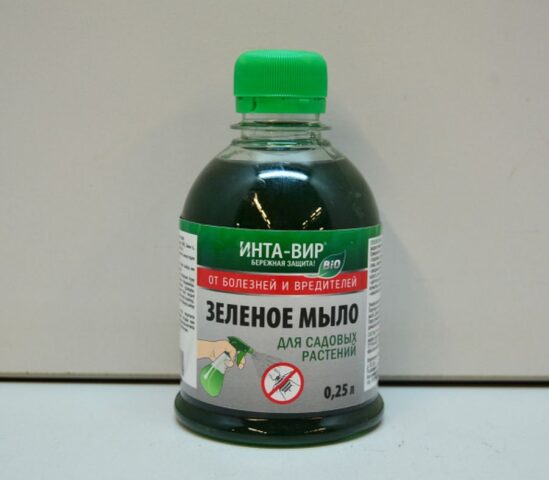
You can use green soap to spray plantings against pests, including at the stage of crop ripening
From thrips
Thrips can cause great damage to vegetable crops in open ground and in greenhouses. Getting rid of pests is quite difficult, since traps do not give the full effect, and aggressive chemicals cause damage to the plants themselves.
Green soap for spraying is used as follows:
- Add 100 ml of the drug to 2-3 liters of water.
- Stir until maximum dissolution.
- The resulting thick product is added to the volume of a full bucket.
- The plantings are sprayed.
It is recommended to treat plants against thrips with green soap 3-4 times per season. A couple of weeks before harvesting, spraying is stopped so as not to spoil the taste of the fruit.
Green soap for scale insects
Scale insects pose a danger to plants because they adhere tightly to their leaves and are difficult to collect mechanically. In addition, the pest is difficult to notice on crops in the early stages of infection.
Useful green soap for plants helps get rid of even large colonies of the parasite. The medicinal drug is prepared according to the following algorithm:
- Dilute 150 ml of the product in 5 liters of clean water.
- Stir until a homogeneous viscous solution is obtained.
- Spray the plants on the leaves and stems.
It is recommended to carry out treatment every 3-4 days until the signs of the pest disappear.
From the pennies slobber
The pennies eat leaves and ovaries of plants and can cause serious damage to vegetable and fruit crops. You can find out about the presence of a pest first of all by the characteristic whitish marks on the plates.
Treatment of the garden with green soap in the spring is done as follows:
- Dissolve 400 ml of the drug in a bucket of water.
- Stir thoroughly using a long wooden stick.
- Spray vegetables or fruit trees in warm, sunny weather.
It is recommended to use green soap for plants against pests before active flowering begins. Although the drug is not toxic, if it gets on the buds it can interfere with pollination processes.
Green soap for whiteflies
Whitefly is a particularly dangerous pest of cabbage, cucumbers, tomatoes and strawberries. If it spreads strongly, the insect can completely gnaw off the leaf blades of plants and seriously impair the yield.
Green soap is used to eliminate pests as follows:
- Dilute the drug in warm water in a ratio of 1:6.
- Stir the product until smooth.
- Pour the solution into a spray bottle and generously spray the affected plants.
The soap preparation not only has a depressing effect on pests, but also helps to wash them off the leaves, since it impairs the attachment of parasites to the surface of the plates. Treatments are carried out every week until the insects are completely eliminated.
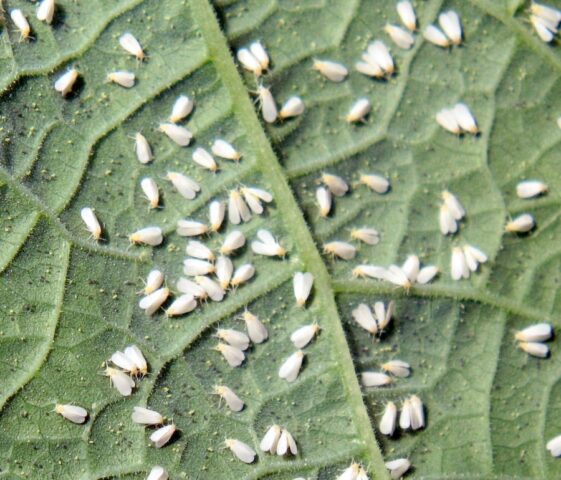
If the whitefly has multiplied very profusely, you can soak a sponge in a soapy solution and wipe the leaves by hand
Green soap for caterpillars
The use of green soap in a summer cottage is in demand when there are a large number of caterpillars.The larvae of numerous butterflies begin to attack plants in late spring and cause damage to plantings throughout the summer. Caterpillars eat both leaves and ripening fruits, reducing the quality of the crop and reducing its volume.
You can use a simple solution of green soap to eliminate pests. They do it like this:
- Dilute 400 ml of the product in a bucket of warm liquid.
- Stir until smooth.
To enhance the beneficial effect, you can add chamomile infusion to the drug. Plantings are sprayed every 7-10 days; treatments should begin at the first symptoms of pests. If you are late in spraying the soap solution, the caterpillars will have time to seriously gnaw off the leaves of the plants.
Green soap for ants
Green soap as a means of protecting garden plants demonstrates good effectiveness when there is an abundance of ants in the area. Insects cause particular harm to fruit crops, spoil ripening crops and also contribute to the spread of aphids.
The spray solution is used as follows:
- Stir about 200 ml of the drug in 5 liters of water.
- Spray the sticky mixture evenly over the leaves and branches of the plants.
When processing, special attention should be paid to the root area of fruit trees.
Green soap for the Colorado potato beetle
The Colorado potato beetle causes particular damage to potato plantings and multiplies very quickly. At the first sign of an insect, you must:
- Dissolve about 400 g of pure preparation in 10 liters of water.
- Add 1 kg of wood ash to the mixture.
- Mix the mixture and leave for 15 minutes.
- Use for spraying plantings.
After processing, it is recommended to carefully inspect the potato bushes. Any pests remaining on the leaves can be removed manually with a damp sponge.
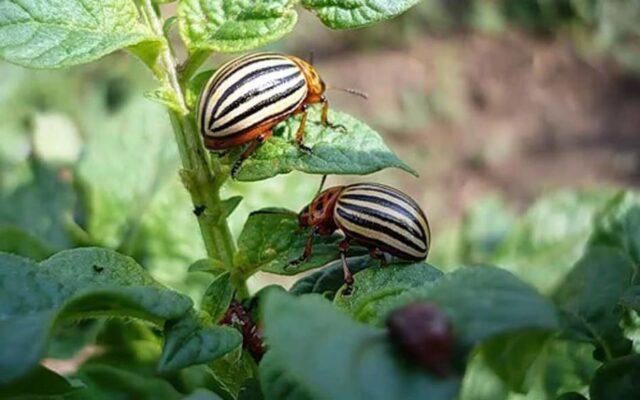
To prevent re-infestation, spraying against the Colorado potato beetle is repeated every ten days.
Use of green soap in gardening for diseases
Liquid green soap against garden pests is also beneficial as a fungicidal agent. The drug suppresses the proliferation of fungi in open ground and in greenhouses.
Green soap for powdery mildew
It is recommended to use green soap in the garden for powdery mildew on currants, strawberries and gooseberries. To prepare a medicinal solution, about 50 ml of the product is dissolved in 1 liter of water.
Treatments are carried out before flowering and after harvesting. At the last stages of ripening, spraying is not performed, since the drug can change the taste of the fruit for the worse.
Green soap for late blight
Tomatoes and cucumbers in greenhouses and outdoors often suffer from late blight. The following composition has a good therapeutic and prophylactic effect:
- Dissolve 30 ml of soap in 800 ml of warm liquid.
- Add any copper-containing preparation to the product and add another 200 ml of water.
- Mix the components again.
- Use the drug for spraying.
After processing greenhouse plants, it is necessary to arrange high-quality ventilation of the greenhouse. Do not allow a sharp increase in humidity, as this will only contribute to the spread of the fungus.
Recipes for solutions with green soap for spraying
Green insect repellent soap has a good effect in its pure form. But if desired, you can combine the drug with some other insecticidal and fungicidal agents.
With copper sulfate
Copper sulfate and soap solution provide especially high-quality protection against fungal diseases. The spraying agent is made as follows:
- Dilute about 30 ml of soap in 800 ml of water.
- In another container, dissolve 2 g of copper sulfate in 250 ml of liquid.
- Carefully combine the two drugs.
- Mix thoroughly until a solution is uniform in color and consistency.
Spraying of crops is carried out in dry but sunny weather. For comprehensive protection against pests and fungi, treatments must be repeated weekly.
With soda ash
A solution of green soap and soda has a good insecticidal effect. Prepare the product as follows:
- Pour 20 g of soda powder into 5 liters of warm water.
- Stir until dissolved.
- Add 50 ml of soap preparation.
- Bring the product to homogeneity.
Plantings are treated every 10-14 days. The drug protects plants from fungi and helps get rid of caterpillars, aphids and other parasites.
With garlic
An insecticidal solution with a pungent odor repels insects well and, in principle, prevents their appearance on the leaves. The remedy is done like this:
- Chop about 15 g of garlic and pour in 3 liters of boiling water.
- Leave covered for a couple of hours.
- Add 200 ml of green soap and mix thoroughly.
The product is especially recommended for the elimination and prevention of spider mites.
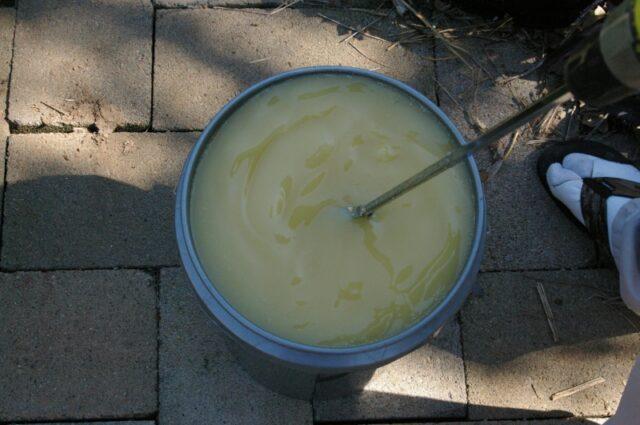
If the soap solution is too thick, you can strain it through folded gauze
With tobacco
For caterpillars and aphids on plants, you can use green soap in combination with tobacco. The drug is prepared according to the following scheme:
- Pour 1 kg of crushed tobacco leaves into 10 liters of water.
- A day later, filter the infusion and add 25 ml of green soap.
- If desired, add 80 g of wood ash and mix the components.
Spraying is carried out from early spring until flowering. You can also process crops during the ripening period, but a couple of weeks before harvesting the fruits, you should stop using tobacco and soap.
How to Use Green Soap to Treat a Greenhouse
Green soap helps against pests when used in a greenhouse no worse than when treating plantings in the open air. Solutions are used according to standard algorithms. But when spraying, protect your eyes and respiratory organs especially carefully.
After completing the treatment, the greenhouse must be opened for ventilation. Condensation should not accumulate in the greenhouse.
How to use green soap for houseplants
You can treat indoor plants affected by aphids, spider mites or fungal diseases with green soap. The drug has low toxicity and is suitable for spraying indoors.
When preparing a solution for indoor flowers, special proportions must be observed. Usually, no more than 10 ml of liquid soap is mixed in 1 liter of water. Treatments are carried out once a week; spraying can be done three times in total during the season.
Green soap for prevention
Green soap has good medicinal properties, but it shows the best effect when used prophylactically. The first treatment of fruit trees and berry crops against pests using the product is carried out in early spring twice with an interval of ten days. Another spraying is allowed after flowering.
For vegetables, green soap is first used at the seedling stage. It is also allowed to spray crops before the start of the decorative period.But the treatments are not carried out directly during flowering, or they are carried out very carefully, trying not to spray the composition directly on the buds.
How to replace green soap for plants
Green soap has a unique composition and has no direct analogues. But if the drug is not available, you can use the following as an alternative:
- laundry soap - the product contains a lot of fatty acids and alkalis, has a viscous consistency and forms a protective film on the leaves;
To treat plants against pests you need to buy laundry soap 72%
- tar soap - the bars contain birch tar, which repels pests with its pungent odor.
Tar soap is especially effective against aphids and ants
To prepare solutions, grate the bars and stir the resulting shavings in water. The proportions are usually the same as when using green soap for pests.
Security measures
Green soap is non-toxic and rarely causes any harm. But when using homemade solutions you must:
- protect eyes and mucous membranes when spraying mixtures;
- wear a respirator to avoid inhaling fine particles;
- do not interrupt for food and drink when spraying.
If green soap gets into your eyes, nose or mouth, rinse the affected areas with plenty of water. It is necessary to consult a doctor only if allergy symptoms develop.
Conclusion
Green soap against pests demonstrates a good healing effect and especially protects plants when used prophylactically.The advantages of the product include its safety and wide availability.
Reviews from gardeners about the use of green soap against pests and diseases
